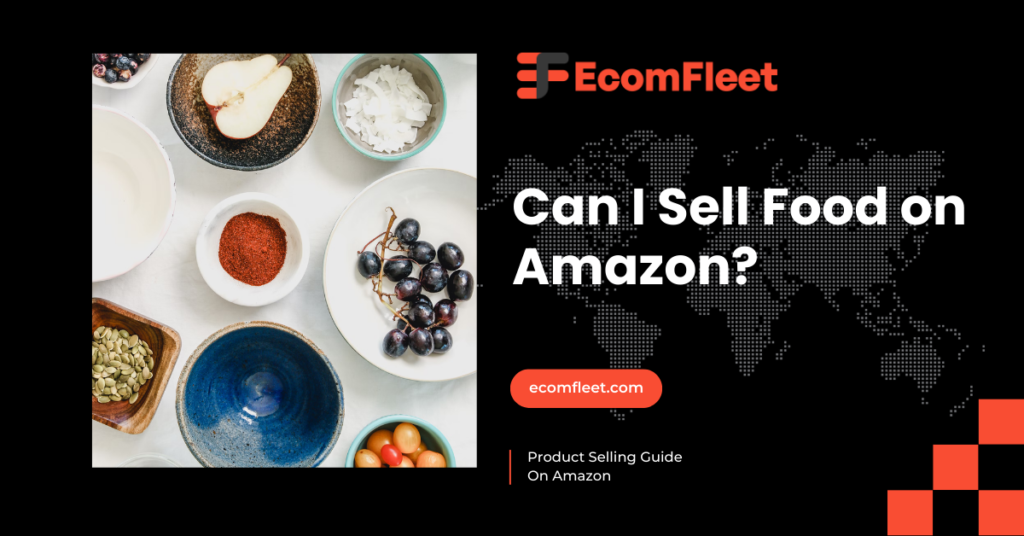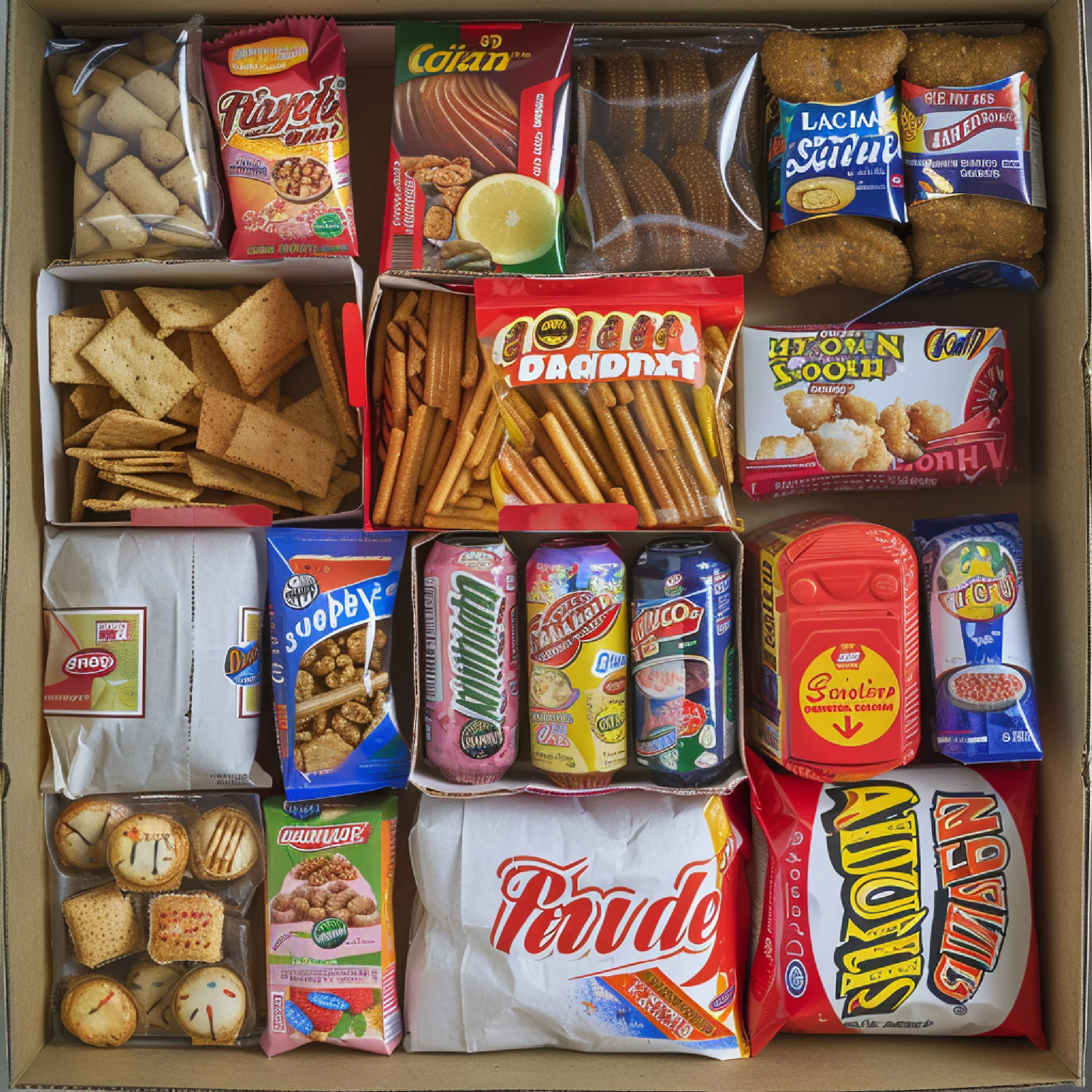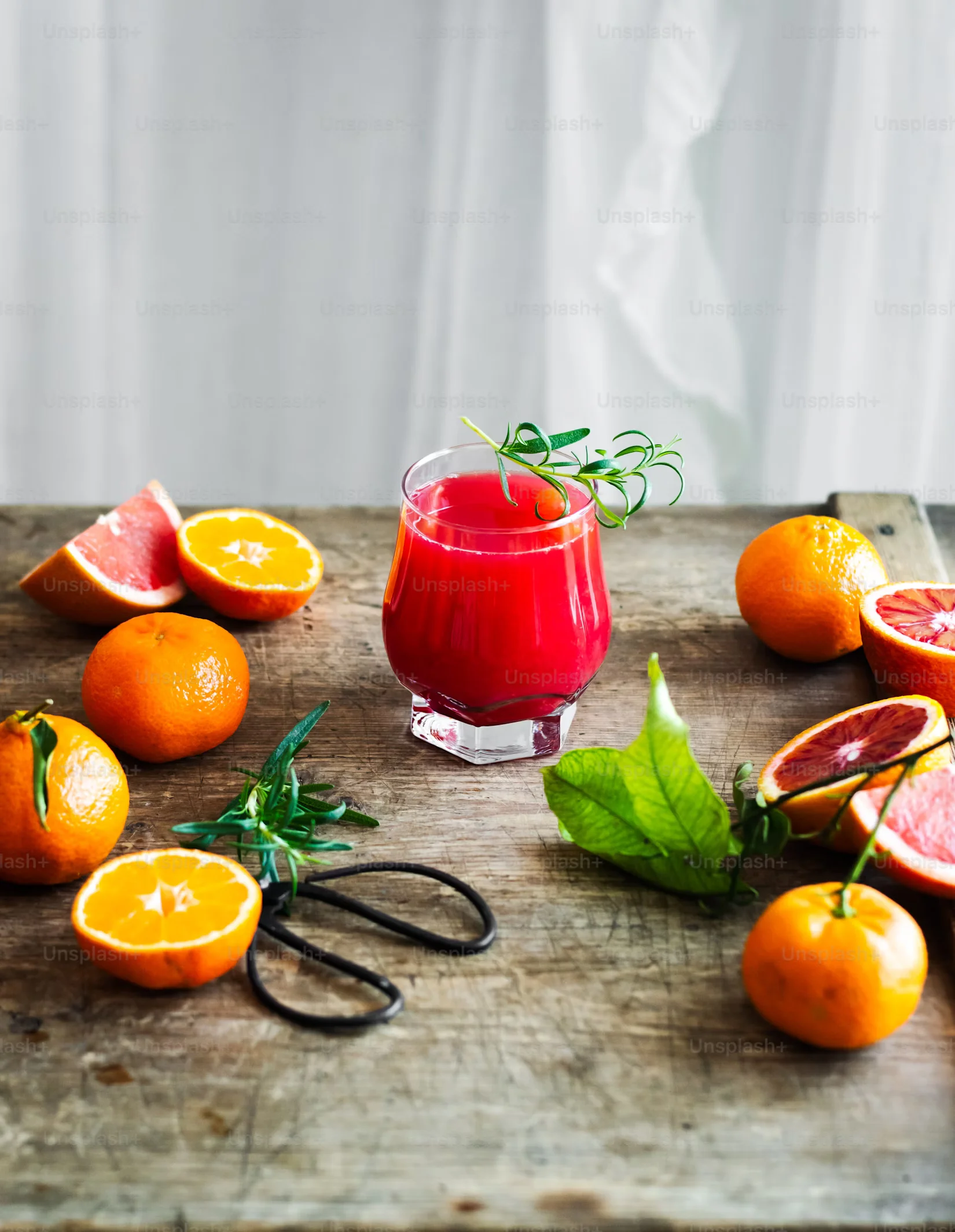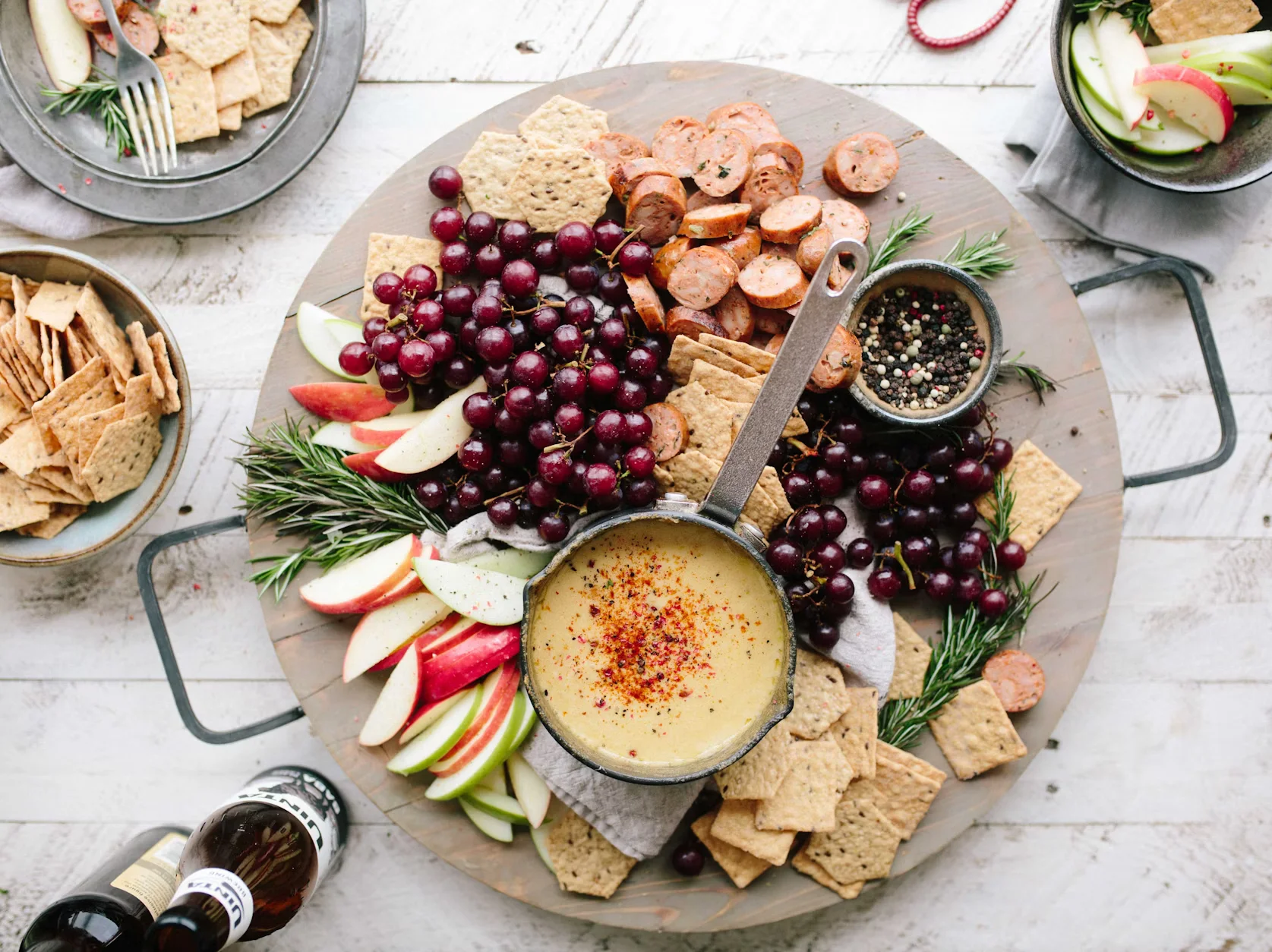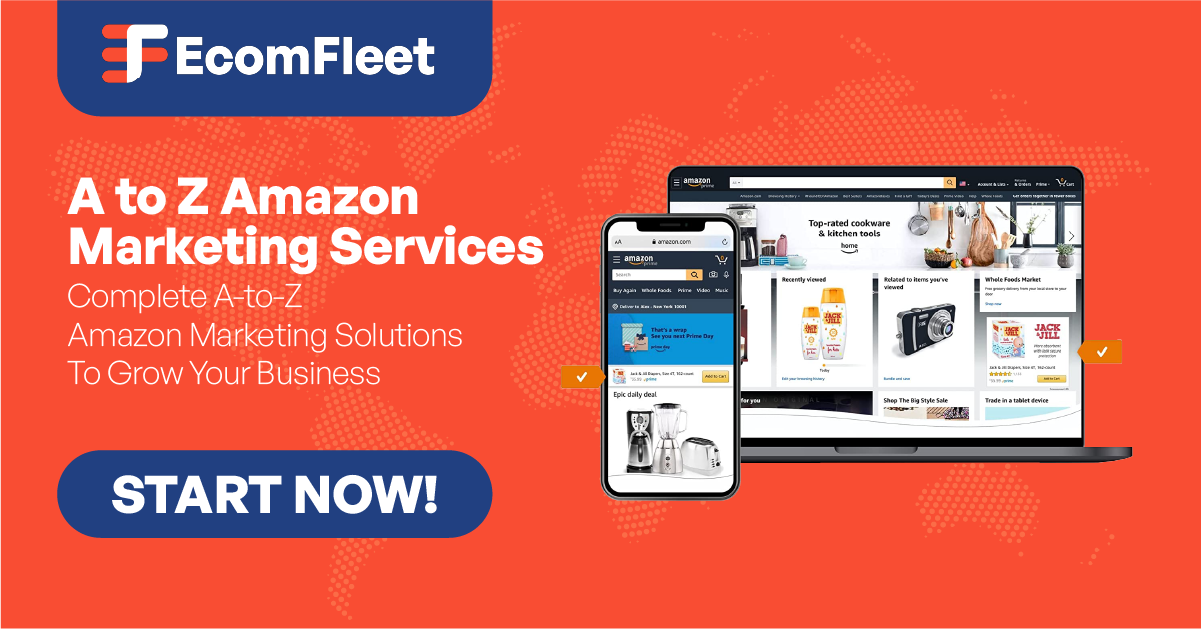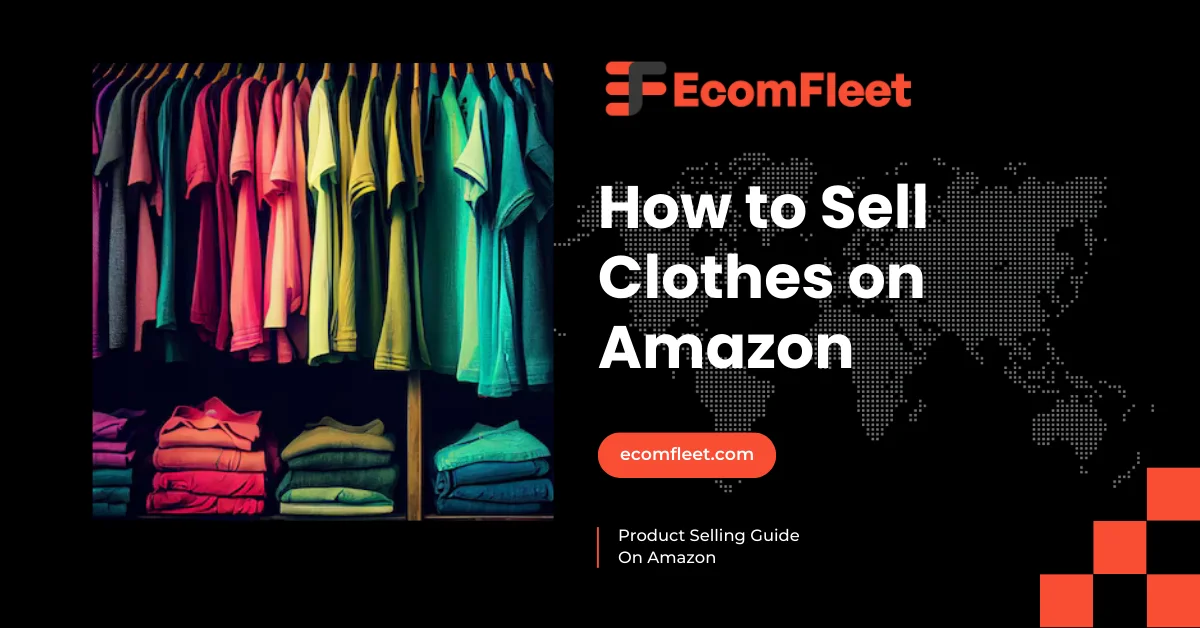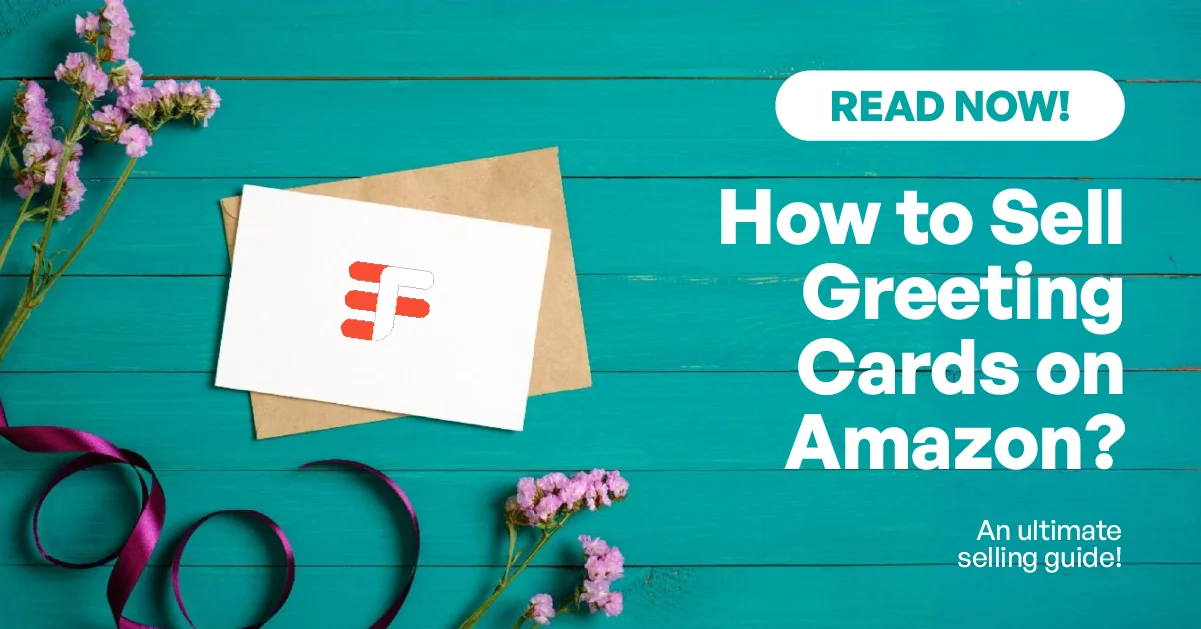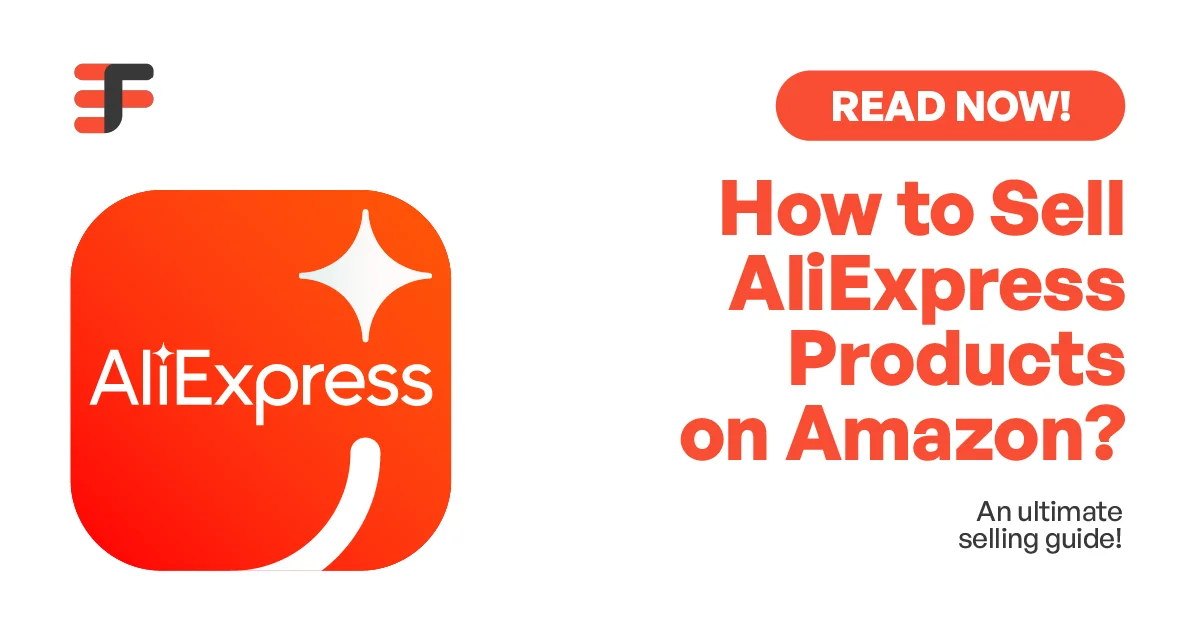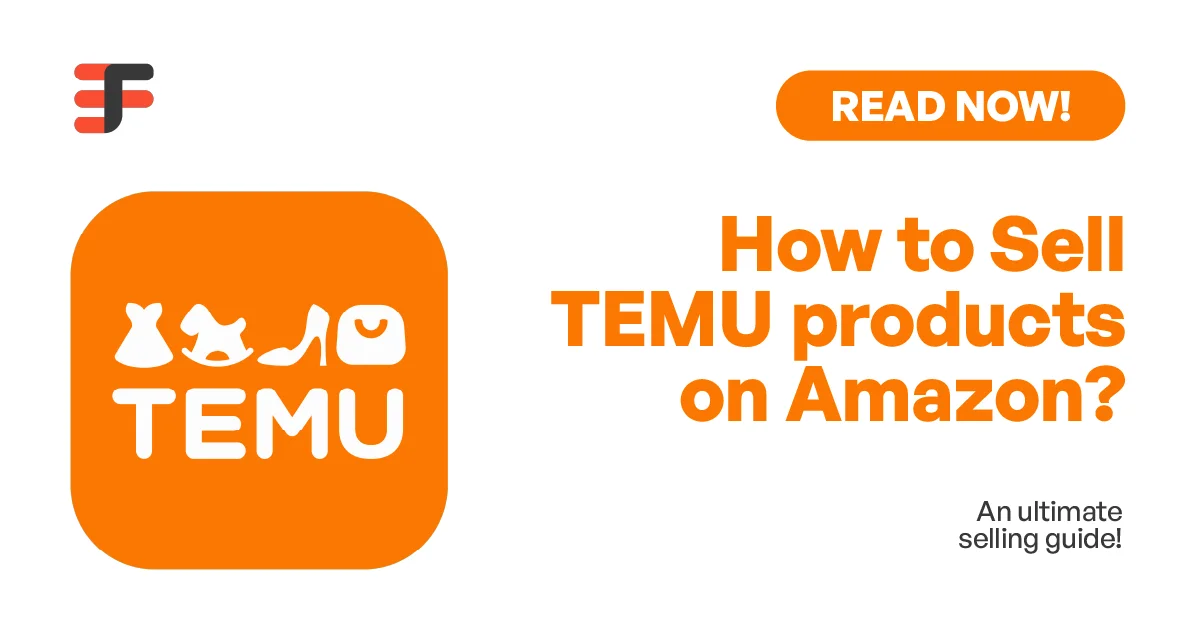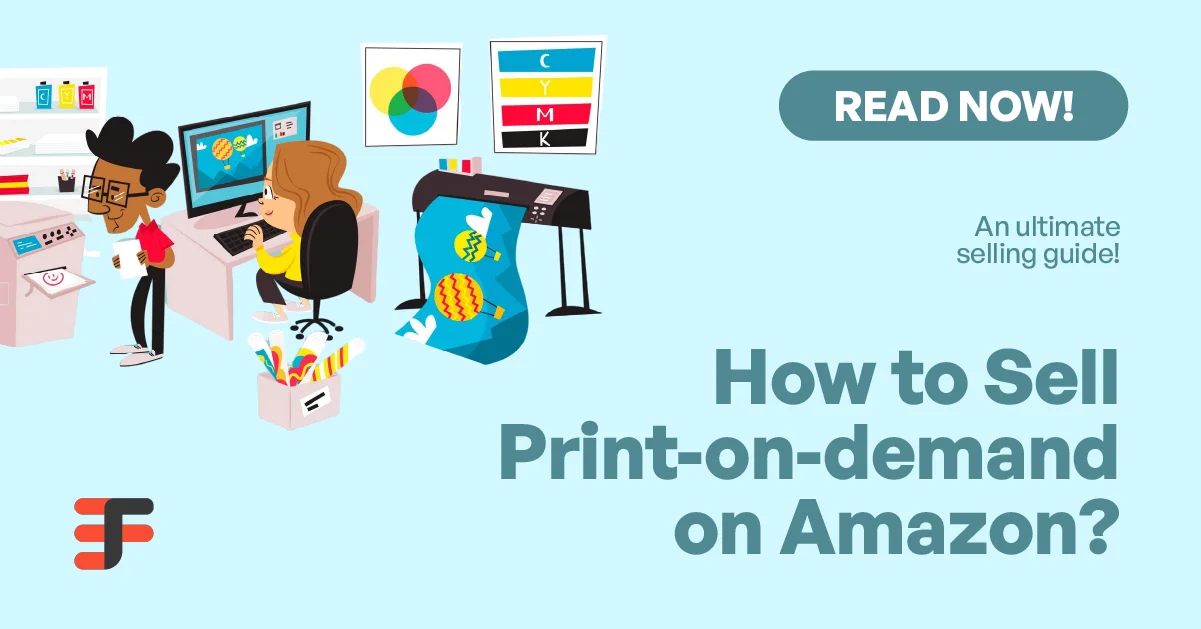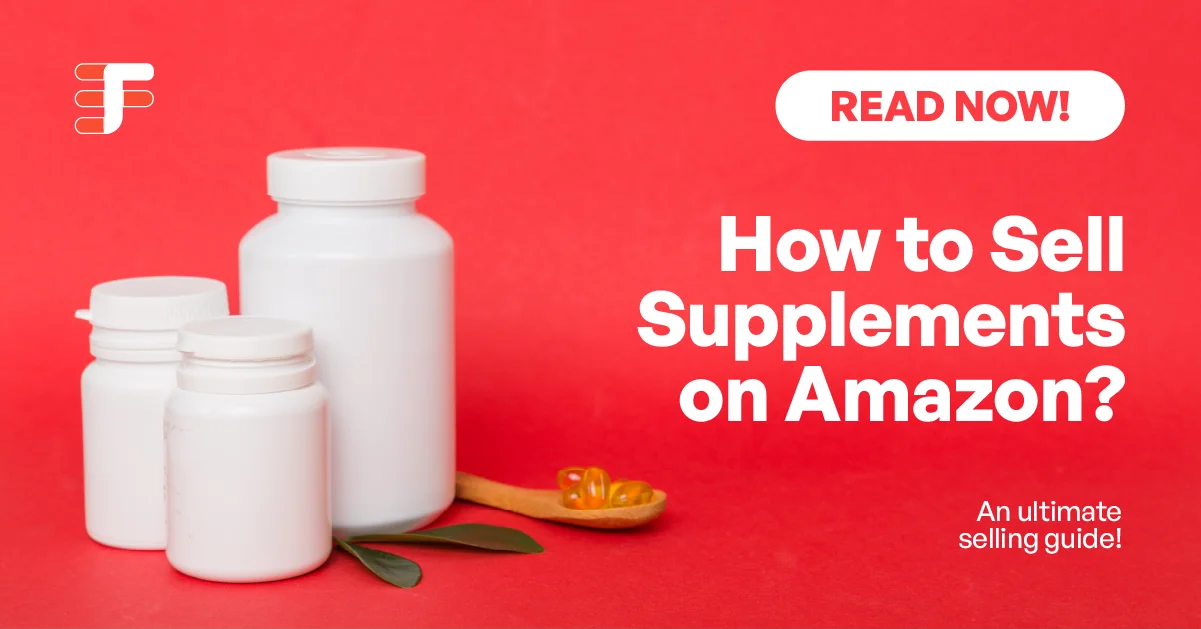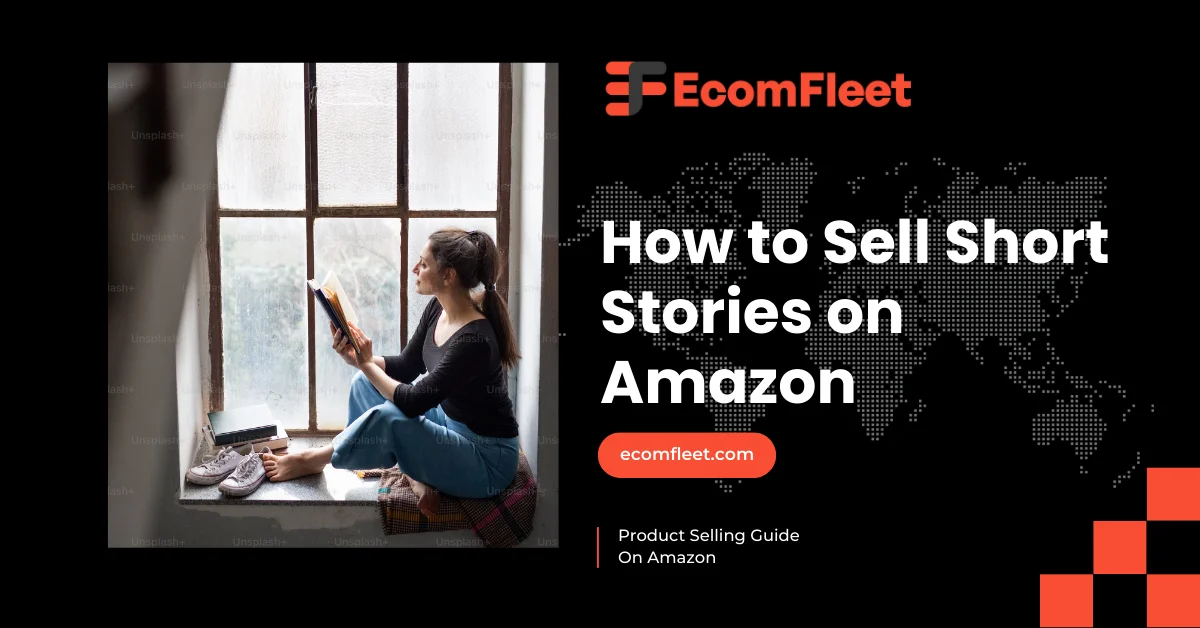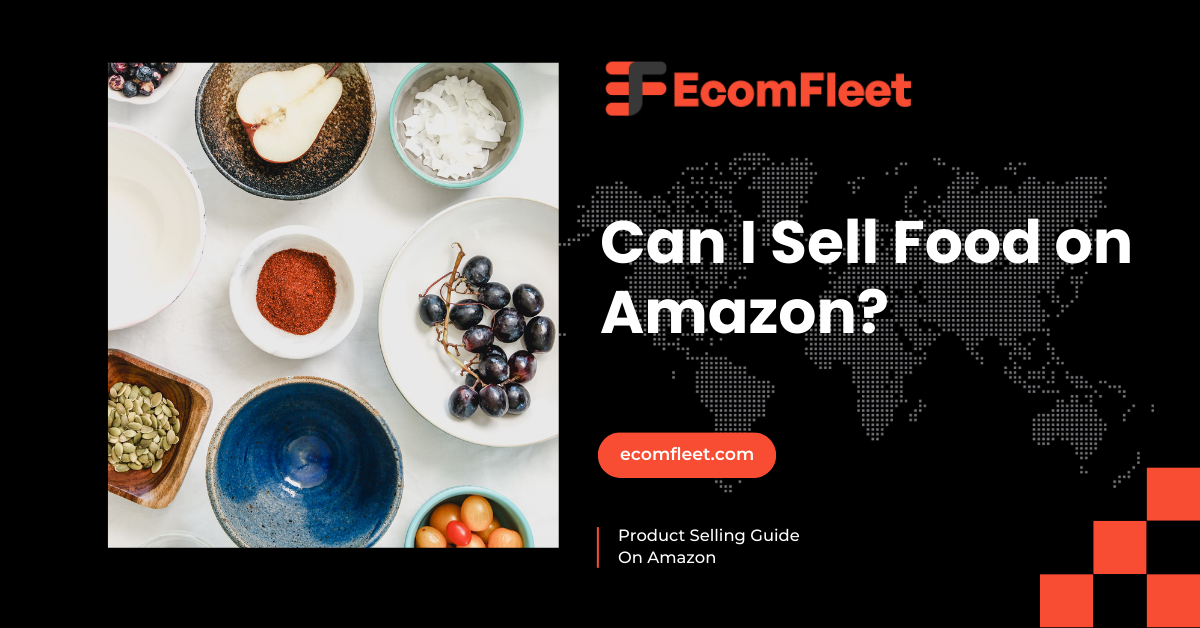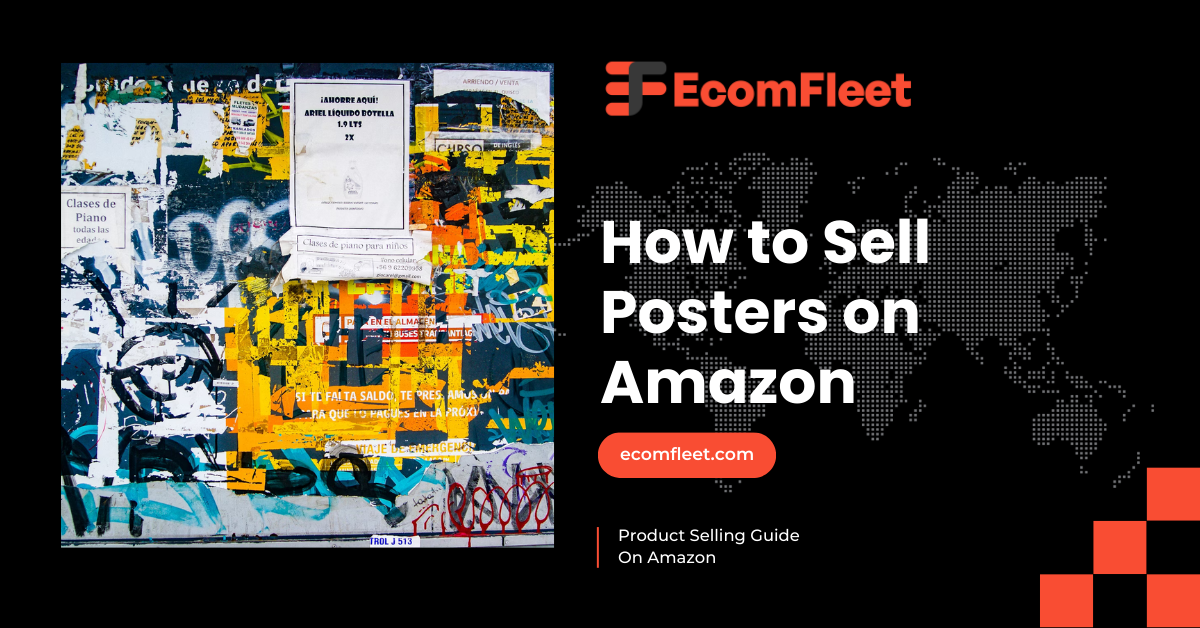Potential Of Selling Your Food on Amazon
Selling food on Amazon offers great opportunities, especially in the U.S., where e-commerce is booming. The U.S. food and beverage market is massive. Revenue in the Food Market is projected to reach US$680.10bn in 2024. This shows a growing demand for convenient food shopping options, making it an ideal time to enter the market.
On Amazon, the scope of selling food is equally promising. Amazon is one of the largest online marketplaces in the world, with millions of active users. Through programs like Amazon FBA (Fulfillment by Amazon), sellers can reach a wide audience and have their products stored, packed, and shipped by Amazon. Additionally, the platform provides access to tools like Amazon Fresh and Prime Pantry, which are specifically designed for grocery and food-related items. This makes it easier to sell perishable and non-perishable goods alike.
To maximize your success in selling food on Amazon, it’s essential to focus on building a strong brand, offering high-quality products, and maintaining excellent customer service. Make sure your product listings are detailed, with clear images, accurate descriptions, and competitive pricing. Leveraging customer reviews and responding to feedback can also boost your credibility and trustworthiness. By staying up to date with market trends and continually optimizing your listings, you can increase visibility and sales on the platform. Consistency in product quality and service is key to long-term success.
Types of Food Sold on Amazon
-
Packaged Snacks
Packaged snacks like granola bars are convenient for on-the-go consumers and cater to health-conscious buyers. They often come in various flavors, making them appeal to a wide audience. The packaging is designed for easy portability, making it popular for school lunches or outdoor activities. With brands focusing on natural ingredients, these snacks are seen as a healthier option compared to traditional chips. Many sellers can find success by marketing unique flavors and dietary options.
- Cost: $2 – $5
- Profit: 30% – 50%
- Example: Granola bars priced at $12.99.
-
Beverages
Beverages, including flavored sparkling water and organic juices, are essential for hydration and refreshment. The growing trend towards healthier drink options has led to a surge in demand for these products. With various packaging sizes available, from single bottles to multi-packs, they cater to different consumer needs. Convenience and taste drive sales, with many brands introducing new flavors regularly. Sellers can capitalize on this trend by offering unique blends that stand out in a crowded market.
- Cost: $1 – $3
- Profit: 20% – 40%
- Example: Flavored sparkling water pack priced at $10.99.
-
Gourmet Foods
Gourmet foods such as specialty sauces and artisanal chocolates appeal to food enthusiasts looking for unique flavors. These products often emphasize high-quality ingredients and handcrafted processes, making them desirable for gifting and special occasions. The rise of cooking at home has fueled interest in gourmet items, as consumers seek to elevate their culinary experiences. Sellers can target niche markets by highlighting local or organic sourcing. The premium pricing allows for healthy profit margins, rewarding those who invest in quality.
- Cost: $5 – $15
- Profit: 40% – 70%
- Example: Gourmet pasta sauce priced at $14.99.
-
Frozen Foods
Frozen foods offer convenience for busy families and individuals, providing quick meal options without sacrificing taste. Items like frozen pizzas and ready-made meals are popular choices for those looking to save time. Many brands are now focusing on healthier frozen options, catering to health-conscious consumers. The variety of choices available means that there’s something for everyone, from vegetarian options to family-size meals. Sellers can benefit from promoting the convenience and quality of their frozen products.
- Cost: $3 – $10
- Profit: 25% – 50%
- Example: Frozen pizza priced at $8.99.
-
Organic and Health Foods
Organic and healthy foods, such as gluten-free snacks and plant-based protein powders, are in high demand among health-conscious consumers. These products often prioritize natural ingredients and sustainability, aligning with modern consumer values. Sellers can tap into the growing trend for healthier lifestyles by offering products that cater to specific dietary needs. The appeal of organic certification can enhance product credibility and attract a loyal customer base. With a wide range of options available, sellers can capture a diverse audience.
- Cost: $5 – $25
- Profit: 30% – 60%
- Example: Organic protein powder priced at $29.99.
Ensure Your Food Products Meet Amazon’s Safety Standards
When selling food products on Amazon, it’s crucial to comply with Amazon’s safety standards to ensure product safety and maintain customer trust. Amazon requires sellers to provide safe and compliant food items, which includes adhering to federal, state, and local food safety regulations. This entails using safe ingredients, proper packaging, and accurate labeling that reflects all nutritional information and allergens.
To meet these standards, sellers should perform due diligence by sourcing products from reputable manufacturers and conducting regular quality checks. Proper storage and handling practices during shipping and fulfillment are also essential to maintain product integrity.
Moreover, it’s important to stay updated with any changes in food safety regulations and Amazon’s policies. Regularly reviewing Amazon’s guidelines will help sellers avoid potential issues that could lead to account suspension or product removal.
By ensuring compliance with these standards, sellers can enhance their product visibility and foster customer satisfaction, ultimately contributing to long-term business success.
Safe and Attractive Food Packaging for Online Sales
Safe and attractive food packaging is crucial for online sales. First, the packaging must protect the food from damage and contamination during shipping. This involves using materials that are both durable and food safe. For example, opting for BPA-free plastics or eco-friendly materials not only enhances safety but also appeals to environmentally conscious consumers.
The visual appeal of the packaging also plays a significant role in attracting customers. Bright colors, clear labeling, and professional designs can make your products stand out on a crowded marketplace. Including clear nutritional information and attractive graphics can help consumers make informed choices. Additionally, consider using unique shapes or designs that reflect your brand identity, creating a memorable unboxing experience that encourages customers to share their purchases on social media.
It’s also essential to comply with local regulations regarding food packaging, including labeling and safety standards. Following these guidelines not only ensures safety but also builds trust with your customers. You can enhance customer confidence by incorporating tamper-evident seals or sustainable materials.
Approve & Setting Up Your Food Selling Account on Amazon
Understand the Approval Process
Gated Category: Food items fall under the “Grocery & Gourmet Foods” category, which is gated. This means you need approval from Amazon before selling any food products. This approval process ensures that only compliant sellers can offer food items, maintaining safety and quality for customers.
Consumer Safety: Ensure your food products meet Amazon’s safety and quality standards. This includes proper packaging, labeling, and compliance with food safety regulations, such as the FDA guidelines. Your products should be safe for consumption, correctly labeled with ingredients, allergens, and nutritional information.
Register as a Seller
Choose a Seller Plan: You can select between an Individual plan (charges $0.99 per sale) or a Professional plan ($39.99 per month). The Professional plan is generally recommended for those planning to sell more than 40 items per month. This plan provides access to additional features that can enhance your selling experience.
Gather Required Information: You will need to prepare the following information to set up your account:
- Bank account information: For direct deposits of your earnings.
- Federal tax information: Necessary for tax reporting.
- Government-issued ID: To verify your identity.
- Phone number: For account verification and support.
- A chargeable credit card: To cover any fees associated with your account.
Creating Attractive Listings for Your Food Products
Creating attractive listings for your food products on Amazon is essential for attracting customers and driving sales.
High-Quality Images
Start with high-quality images that showcase your product. Use multiple angles and show the packaging and serving suggestions to provide a clear view of what buyers can expect. Images should be vibrant and professional, as they play a critical role in enticing potential customers.
Compelling Titles
Next, focus on crafting a compelling title that includes relevant keywords to improve visibility in search results. Include important details such as the product name, key ingredients, and any unique selling points. For example, titles like “Organic Almond Butter – No Added Sugar – 16 oz” can capture attention and rank well in searches.
Informative Product Descriptions
In the product description, highlight the benefits of your food item. Explain its unique features, nutritional information, and usage ideas. Incorporating bullet points can make the information easier to read. Don’t forget to include customer reviews and ratings, as these can significantly influence buying decisions.
Competitive Pricing
Lastly, ensure your pricing is competitive. Research similar products to find a fair price point that reflects the quality and uniqueness of your offering. Well-crafted listings not only improve customer engagement but also enhance the overall shopping experience.
How to Sell Fresh and Perishable Food with Amazon
Understand Amazon’s Policies
First, familiarize yourself with Amazon’s policies regarding food products, especially perishable items. Fresh and frozen foods fall under the Grocery & Gourmet Foods category, which is gated. This means you will need approval from Amazon before listing these products. Ensure your items meet all safety and quality standards set by Amazon, which includes proper packaging and compliance with food safety regulations.
Choose the Right Fulfillment Method
When selling perishable goods, consider using Fulfillment by Amazon (FBA). This service allows Amazon to handle storage, packaging, and shipping, which is crucial for maintaining product freshness. Additionally, FBA ensures your items are shipped quickly, enhancing customer satisfaction.
Proper Packaging
Invest in high-quality packaging that maintains the freshness of your food items during transit. Use insulated boxes, ice packs, or dry ice to ensure your products remain at the right temperature. Clearly label all packages with handling instructions to alert carriers and customers.
Monitor Inventory and Shelf Life
Keep a close eye on your inventory levels and the shelf life of your perishable products. Regularly check the expiry dates to avoid selling expired items. Implement a first-in, first-out (FIFO) system to manage your stock effectively.
By following these steps and ensuring compliance with Amazon’s guidelines, you can successfully sell fresh and perishable food on the platform. For more information
Fulfillment by Amazon (FBA) for Food Products
Fulfillment by Amazon (FBA) is an excellent option for sellers of food products, offering numerous benefits that can streamline the selling process. Here are five key advantages:
- Streamlined Logistics: FBA manages storage, packaging, and shipping, allowing sellers to focus on sourcing and marketing their food products. This is particularly beneficial for perishable items, as Amazon ensures they are shipped quickly and stored appropriately.
- Prime Eligibility: Products fulfilled through FBA are eligible for Amazon Prime, which can significantly increase visibility. Prime members often prefer products that offer fast shipping, leading to higher conversion rates for sellers.
- Customer Service Support: Amazon handles customer service and returns for FBA sellers, reducing the workload for sellers. This ensures that customers receive timely support and fosters a positive shopping experience.
- Improved Buy Box Chances: FBA sellers often have a better chance of winning the Buy Box, which is crucial for driving sales. Winning the Buy Box increases the likelihood of customer purchases, as it’s the primary way that buyers can add items to their cart.
- Cost Considerations: While FBA offers numerous advantages, it’s important to be aware of the associated costs. Amazon charges an average fulfillment fee of $2.50 to $5.00 per unit for standard-size items and around $8.00 to $9.00 for oversized items. Additionally, monthly storage fees for perishable items can vary based on the time of year, with rates ranging from $0.75 to $2.40 per cubic foot.
Do Amazon Marketing or Hire an Amazon Consultant
When selling on Amazon, effective marketing is crucial for driving sales and visibility. You can choose to manage Amazon marketing in-house or hire an expert consultant. An Amazon consultant can help optimize your Amazon Storefront design, ensuring it reflects your brand and showcases your products attractively. They can also set up and manage Amazon PPC (Pay-Per-Click) campaigns, targeting the right audience and maximizing your return on investment.
A consultant brings expertise in navigating Amazon’s complex algorithms, which can help improve your product ranking and visibility. Whether you opt for in-house marketing or professional assistance, having a clear strategy is vital for success.
Hire Ecomfleet to Skyrockets your Amazon sales
If you are unsure where to start or need expert help, consider reaching out to Ecomfleet. Our experienced consultants can help your coffee brand thrive in a competitive market. Let us handle the details so you can enjoy the rewards of your hard work.
Tracking Sales and Analyzing Performance
Tracking sales and analyzing performance on Amazon is vital for optimizing your marketing strategy and maximizing profits. Use tools like Amazon Seller Central, which provides a comprehensive dashboard to monitor sales metrics, customer feedback, and inventory levels. You can access sales reports to identify trends, such as which products are performing well, and which are not.
Additionally, Amazon Analytics can help you delve deeper into customer behavior and preferences. By analyzing metrics such as conversion rates, traffic sources, and customer demographics, you can refine your marketing tactics and improve product listings.
Regular performance reviews enable you to adjust your strategies, whether through optimizing ad spend in Amazon PPC campaigns or enhancing your product descriptions. By staying proactive in your analysis, you can make informed decisions that drive growth.
Getting Your First Customer Reviews
Acquiring your first customer reviews on Amazon is crucial for establishing credibility and enhancing product visibility. Here are several effective strategies to help you achieve this:
Follow-Up Emails
After a customer makes a purchase, send a personalized follow-up email thanking them for their order. Politely ask for feedback and guide them on how to leave a review. Personal touches can significantly increase the likelihood of receiving feedback.
Early Reviewer Program
Enroll in Amazon’s Early Reviewer Program. This initiative encourages customers who purchase your product to leave honest reviews in exchange for a small reward. It helps generate initial feedback, especially for new listings.
Promotional Offers
Consider offering discounts or running promotional campaigns to entice customers to try your products. This can encourage them to share their experiences in the form of reviews.
Leverage Social Media
Utilize social media platforms to engage with customers and invite them to review your product after purchase. Building a community can led to more honest feedback.
Clear Instructions
Provide straightforward instructions on how to leave a review, either in your follow-up emails or product packaging. The easier you make it for customers, the more likely they are to provide feedback.
Using Social Media to Build Awareness for Your Food Items
Social media is a powerful tool for increasing awareness of your food products. Start by creating visually appealing content, such as high-quality images and videos of your food items, to capture the attention of potential customers. Platforms like Instagram and Facebook are particularly effective for showcasing your products.
Engagement is key. Regularly interact with your followers by responding to comments and messages and consider running polls or contests to encourage participation. Influencer partnerships can also help you reach a broader audience; collaborating with food bloggers or chefs can lend credibility to your brand.
Utilize targeted ads to reach specific demographics and drive traffic to your Amazon listings. Additionally, share user-generated content by encouraging customers to post their experiences with your products, which can enhance trust and authenticity.
Leading food sellers on Amazon
Here are some of the leading food sellers on Amazon, showcasing a variety of products and their pricing:
Nature Valley
Nature Valley offers a range of granola bars that are popular for their crunchy texture and wholesome ingredients. Their products often appeal to health-conscious consumers looking for quick snacks.
Price: Approximately $13.99 for a box of 12 bars.
Kirkland Signature (Costco)
Kirkland Signature provides bulk snacks and food items, such as nuts and dried fruits, that are known for their quality and value. Customers appreciate the competitive pricing for larger quantities.
Price: Around $19.99 for a 3-pound bag of mixed nuts.
Quaker Oats
Quaker Oats is well-known for its oatmeal products, offering instant and traditional options. These products are ideal for quick and nutritious breakfasts.
Price: Approximately $4.99 for a 42-ounce canister.
Bounty
Bounty is famous for its paper towels but also offers food items, including high-quality napkins and plates. While primarily a household brand, it’s included here for its impact on food-related convenience.
Price: About $24.99 for a pack of 12 rolls.
Nutiva
Nutiva specializes in organic and non-GMO foods, including coconut oil and hemp seeds. Their commitment to health and sustainability appeals to many consumers.
Price: Approximately $12.99 for a 15-ounce jar of organic coconut oil.
Conclusion
Selling food products on Amazon can be a rewarding venture, given the platform’s vast reach and customer base. By understanding the approval process, adhering to safety standards, creating attractive listings, and effectively using social media, sellers can successfully promote their food items. Engaging with customers and encouraging reviews will further enhance visibility and credibility. With the right strategies in place, you can tap into the growing online food market and make your mark on Amazon.
Frequently Asked Questions:
- What types of food can I sell on Amazon?
You can sell various food products, including packaged snacks, gourmet foods, beverages, and even fresh items under specific guidelines. Check Amazon’s categories for specific details.
- How do I ensure my food products meet Amazon’s safety standards?
Adhere to Amazon’s guidelines on packaging, labeling, and compliance with food safety regulations. Familiarize yourself with FDA regulations to ensure product safety.
- What are the costs associated with selling food on Amazon?
Costs can vary based on the seller plan chosen. An Individual plan costs $0.99 per sale, while a Professional plan costs $39.99 per month. Additional fees for FBA (Fulfillment by Amazon) may also apply.
- How can I effectively market my food products on Amazon?
Utilize SEO techniques for your listings, leverage Amazon PPC ads, and create engaging social media campaigns. Building a brand presence online can significantly boost your product visibility.

